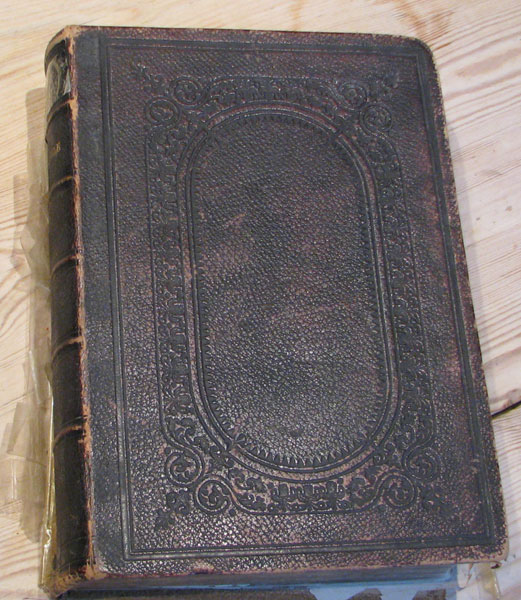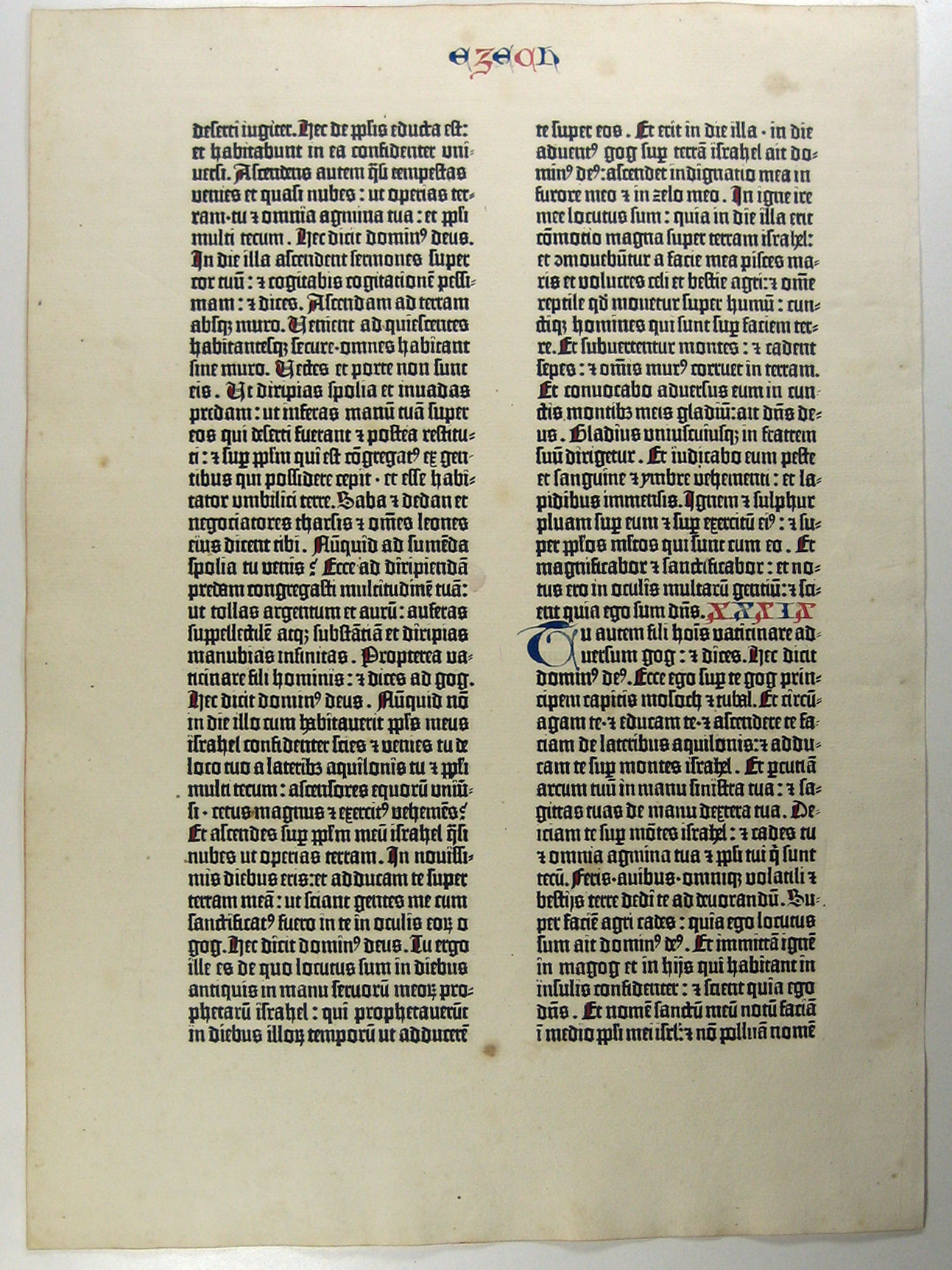The aim:
To engage in current (academic & industry) debates, surrounding the impact of new media on communication and creativity.
Link
-A History of Advertising lecture focus:
-Impact of technological progress of colour printing the start of creative advertising.
-Relationship of advertising & newspapers.
Take away:
-Understand distinctions between mass and new media.
-Understand shifts in aspects of advertising strategy.
-Speculate the implications of New Media on creativity
-Think about impact on the role of the creative
-Create own notes process information
What is new media?
‘…media that work not through persuasion or impressions but through engagement and involvement. If we stick with the old [Mass Media] model, we squander all the possibilities of the new media ecosystem ‘
(Sutherland, 2009)
Rory Sutherland, former president of the IPA and Vice Chairman Ogilvy UK
High Feeling Strategy Today
-Remember Reach Campaign (2010)
-Collaboration AgencyTwoFifteen and AKQA
-Launch film Birth of a Spartan announce Reach Beta.
-Interactive website robot creates light sculpture Spartans
-Each pieced spot represents a person (image)
-3 x films prior and 4th film released after site debut
-Doomed planet (films) 700 million Spartans fight to end
-High-feeling strategy: loss, hope & remembrance
-Break with past: audience involved emotionally, creatively and part of ads
(creativity-online.com, Diaz, 2010)
New Media Model
-Advertising & New Media (Spurgeon, 2008)
-Shift from Mass to My media
-More targeted (mobile)
-Audience involvement:
-(a) voluntarily passing viewing ads (virals)
-(b) creating spoofs or filming events
-More personalised
Viral; unpaid advertising
One distinction between old & new media
Voluntary viewings (video viewings online)
Forced viewings (TV or Print)
Definition 'unpaid peer-to-peer communication of [provocative] content originating from an identified sponsor using the Internet to persuade or influence an audience to pass along the content to others’. Southgate, et al, 2010, p350.
New ways of Communicating
Truth Matters Campaign
50,000 Client The independent
James Murdoch news
May elections 2010
Sent to friend
Virals (ads) becoming part of our conversations
BMB after labour account
Entertaining creative = old
New = dialogic
From talk about to talk with
Joseph Kony - Invisible Children
-R4 ICC Congo warlord Lubanga guilty 30yrs
-‘The ICC … first arrest warrant in 2005 … Joseph Kony www.bbc.co.uk (2012)
-March 5th released
-3 days 26 m views. 5th 63 m
-Oprah Winfrey tweet 5th Mar
-9.7m followers
-‘the most successful manipulation of our new media ecosystem to date’ (Naughton, 2012)
NM changing teaching & learning
Conversation Buzz
-Pre –testing propagation
-Indicate (surveys) likelihood to pass on or recommend.
-Dependent on seeding, scale of placement
-Findings by Southgate, et al, 2010
-Hegarty, 5th March 2009 ‘What makes good work Xbox pre-test propagation (viewings & feedback) later banned TV. Viral success.
-T-partay 5.8 m front page news NY Times
Cybernetic communication model
-Cybernetics is the study of systems.
-Can be applied to any system such as mechanical, biological and more complex social systems.
Beattie The Big Creative Idea
-Internet biggest idea since the wheel
-Enables lots of small ideas to circulate
-‘that combination of a trillion little ideas is in itself the biggest idea there is...I think we are at the most interesting point of communications history ever...’ (2010, LCA)
-More is more
-Digital media convergence opens up opportunities for creatives. E.g Moon
Viewer-generated content
-Case-study Coke-Mentos
-Viewer-generated advertising worth US$10 million to Mentos ‘more than half its annual advertising budget’ (Spurgeon, 2008, p1)
-New media threatens the top-down communication model
-Audiences are actively managing media culture
Creating a dialogue
-Paul Burns (TBWA) ‘talking with audience’
-40 million
-Old Spice
-Responding to a Tweet
-The making of Old Spice: copywriter & art director Craig Allen & Erik Kallman W & K
-Tweetedia
10 reasons why this is the best time to be in advertising
-An audience with Sir John Hegarty, 25.3.10
-No. 1 Agencies can innovate e.g NYC tourism campaign
-The idea character of NYC = street culture= street musicians.
-Linked 2 campaigns 'Dig Out Your Soul'. New album tracks released to NYC street musicians to play
-Announcements made websites with Google maps
-Performances video recorded (fans) & uploaded YouTube.
-Caused buzz music press = global
-Creatives collaborated directly with NYC street musicians
TA helped to create & distribute content
The third screen
-Mobile phones will soon become the greatest tool for persuasion, more so than any other medium for advertising. (Fogg, 2003)
-Fastest growing markets in the creative industries (Mobile Learning Conference 2009 1st Dec, 2009, London)
In 10 years, virtually the entire media ecosystem has changed...and nowhere is the drive happening any faster...with the third screen (Precourt, 2009, p1)
Mobile advertising will become the fastest growing promotional channel
-The world’s most ubiquitous computer
JAR (2009)
Putting Brands in peoples hands
-Philosophy of Brothers and Sisters
-No Medium is dying e.g. Print
-Media different role in a ‘narrative’
-Traditional ‘announcements’
-Levis Go forth beautifully crafted photography
-Wrangler jeans interactive site like Remember Reach
-NM up-close and tactile
-Craft creatives more important than ever
-Golden age
Impact of New Media
-Shift from old to old & new media
-Entertainment more enhanced
-Blurring communication, entertainment, education creators, producers, consumers & professional roles
-New models communication, creativity & agencies
-Third layer experiential, engaging, social & tactile
-Golden age of creativity – embrace it.
-New skill-set work collaboratively on and off line
-Creatives LCA Ad, Photo, Fashion, DFGA, Graphics
-Old Media had a beginning. Narrative of New Media open.






























































